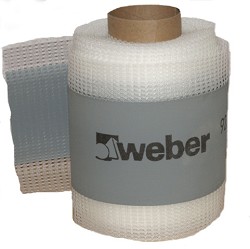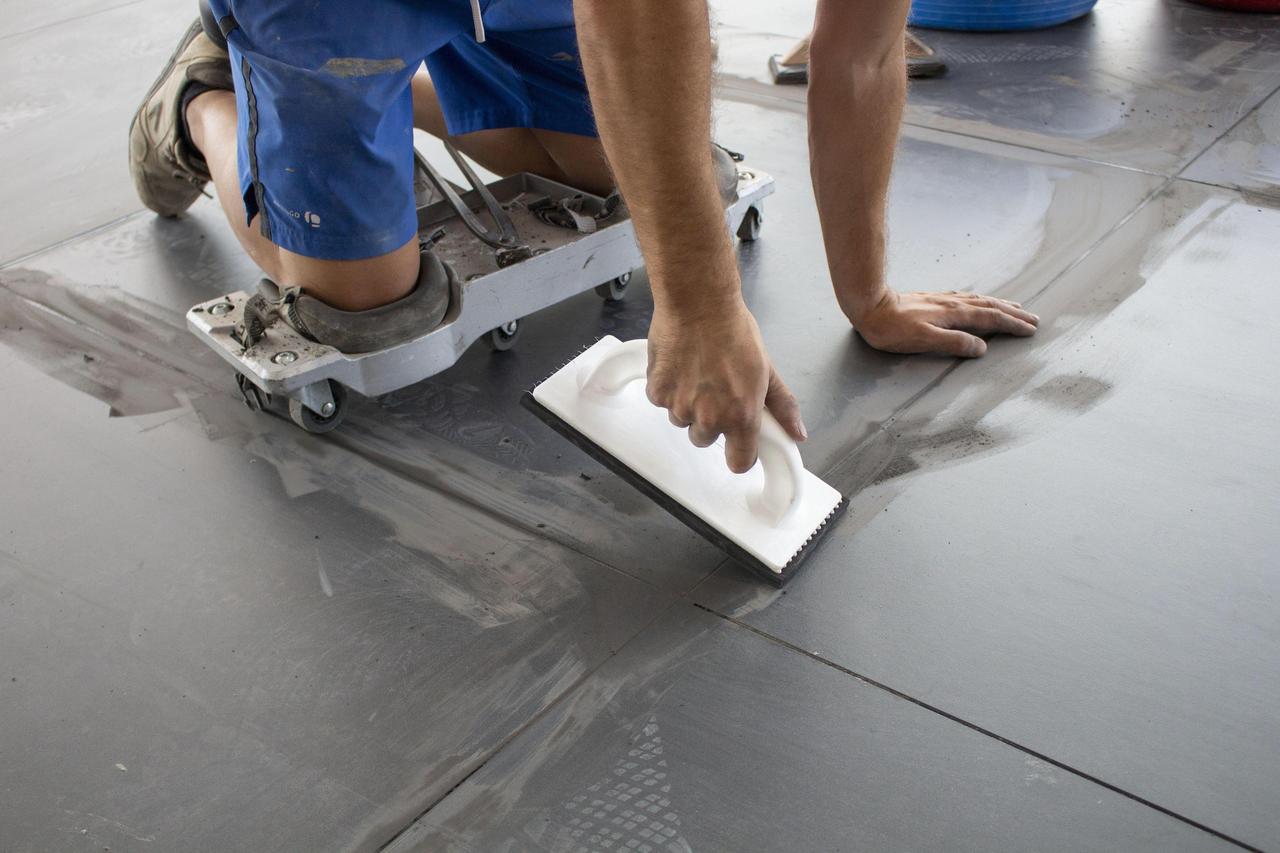How to Tile a Shower or Wet Room

Just like any other tiling project, tiling a shower or wet room requires planning and preparation. Tiling your bathroom completely, allows you to create a wet room providing a fully waterproof environment. When you add elements such as underfloor heating you can create a great atmosphere and you can allow your bathroom space to resemble a luxury spa, with a glamorous, relaxing atmosphere – perfect for all the family. Sparkly bathroom tiles or mosaic tiles are typically the best options for showers or wet rooms – for either a classic or contemporary finish.
So how do you tile a shower or wet room? The main aim is to create a leak proof environment. Before the tiling process, you must first consider what wall construction type you have in your bathroom and after this has been worked out you can choose your waterproofing solution.
The most popular waterproofing solution is tile backer board which creates a water resistant base ideal for all tiling projects and for use on both walls and floors. This makes tile backer board ideal for use in bathrooms, wet rooms, showers and kitchens. Before fixing the tile backer board you must ensure the substrate is clean, level and dry. Tile adhesive should be used in order to fix the board and it is best to choose an adhesive that fully compliments the substrate. Once the boards are in place you can seal the gaps with waterproofing tape for extra protection or silicone sealant.
You can then begin to mark your layout on your new waterproof substrate. With a pencil mark the layout of the tiles, being careful to keep grout lines from the inside corners to avoid badly grouted joints and intricate tiling work. Preparing the layout beforehand helps you to complete the tiling job smoothly and efficiently.
Before applying the tile adhesive you must dampen the tile backer board with a wet sponge. This helps the adhesive to retain its moisture content, avoiding a brittle finish that is prone to cracking. A water resistant tile adhesive must be used for the tiling process and you can apply the adhesive using a jagged trowel. Twist the tile into place and remove to ensure you have enough adhesive coverage on the back of the tiles. Once satisfied, you can reinstall the tile and begin to set the rest of the tiles, making sure to use spacers between each one. The bottom row of tiles should be left to set for at least 24 hours. You may then repeat the process, once complete allow the tiles to set for 48 hours.
Once they are set you can begin to grout the tiles, allowing the grout to cure for around 3 days before sealing with a silicone sealant which will help to keep the wet room or shower hygienic and free from the build-up of mould and mildew.
We have a range of Weber tiling systems ideal for wet rooms and showers, providing ultimate waterproofing and protection.
Article by Mike Lovatt
Here at Atlas Ceramics we import and distribute high quality products to support the tiling industry. These products include Polished tiles, Matt tiles or Satin tiles for the wall and floor, ceramic and porcelain tiles, natural stone and mosaics, from Italy, Portugal, and Spain.


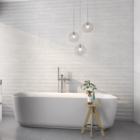



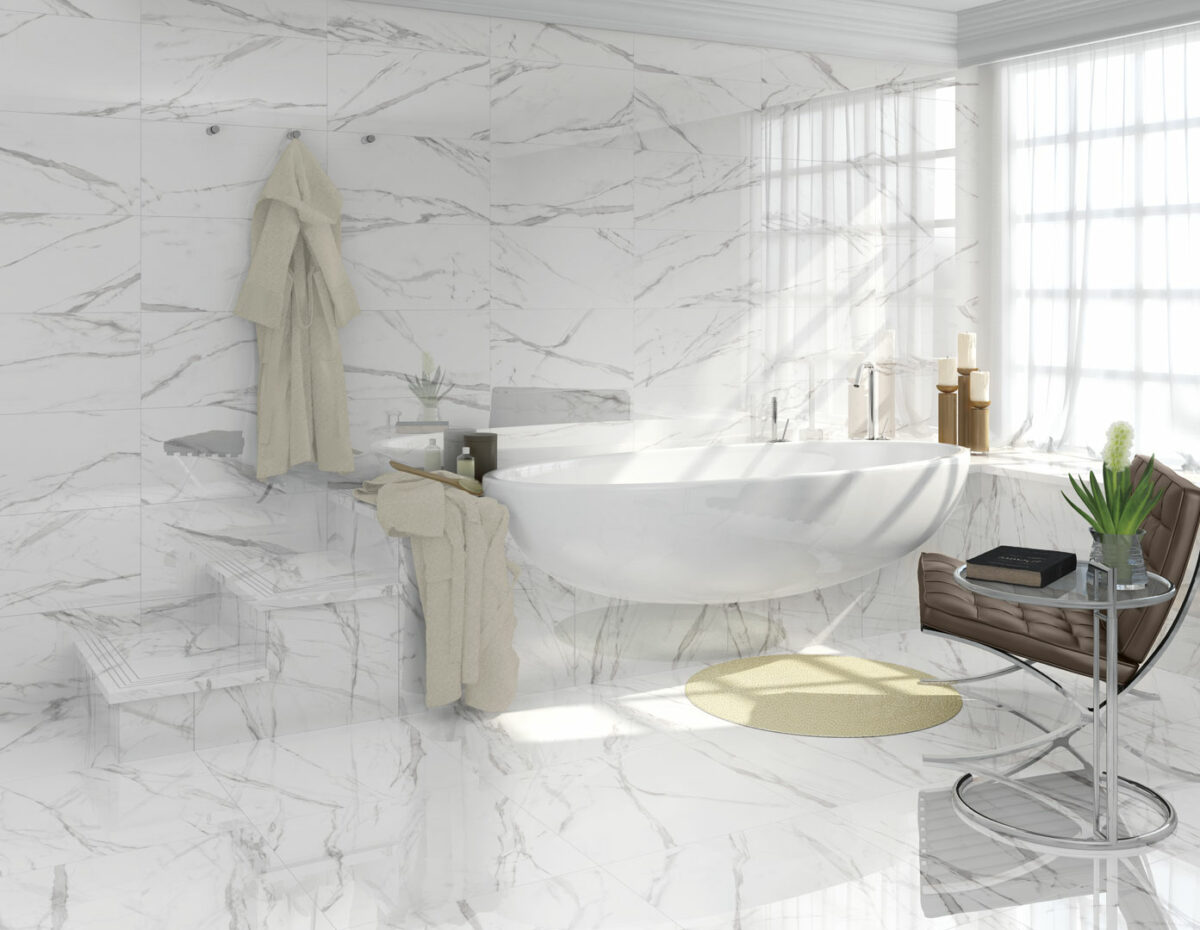


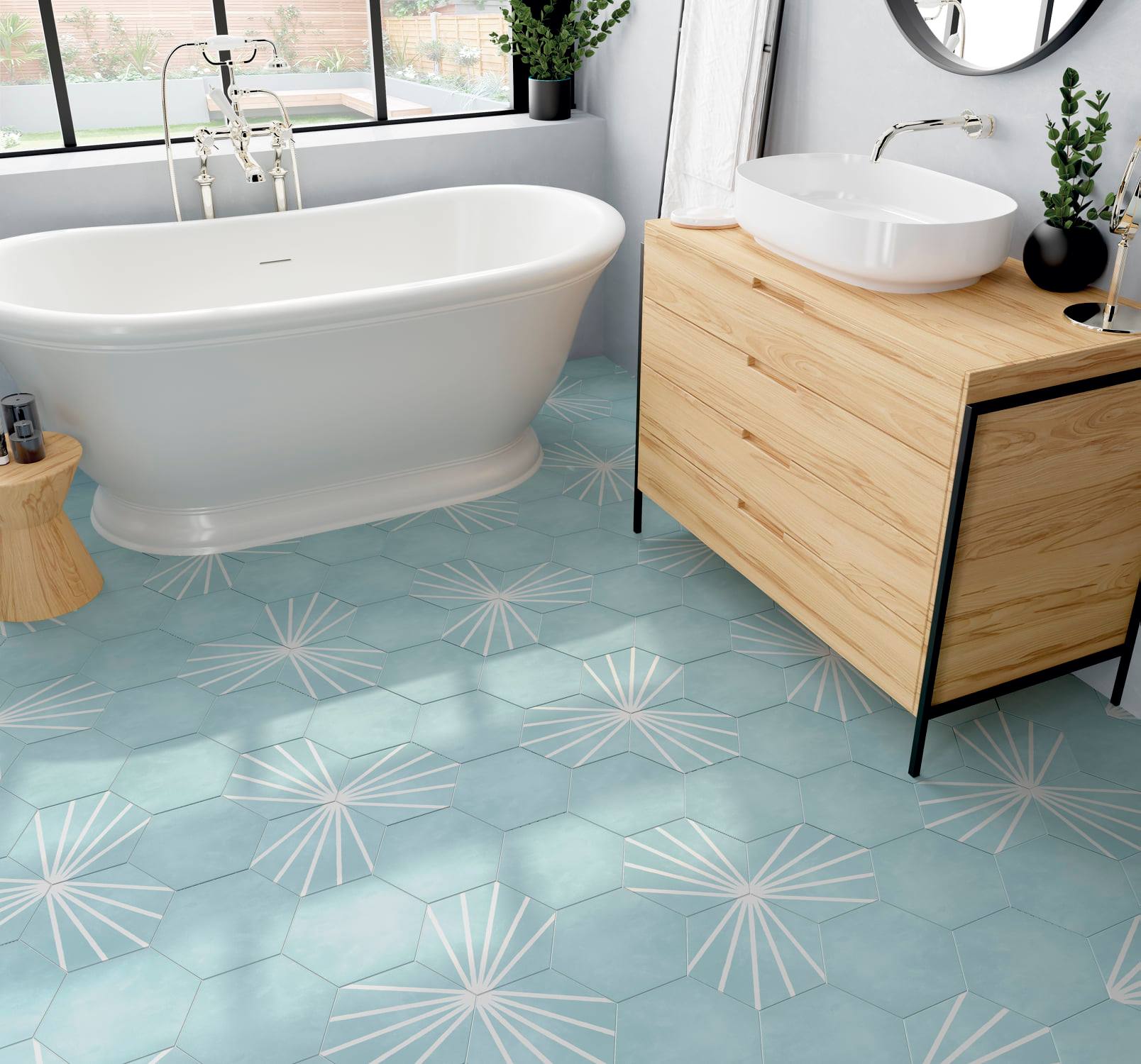



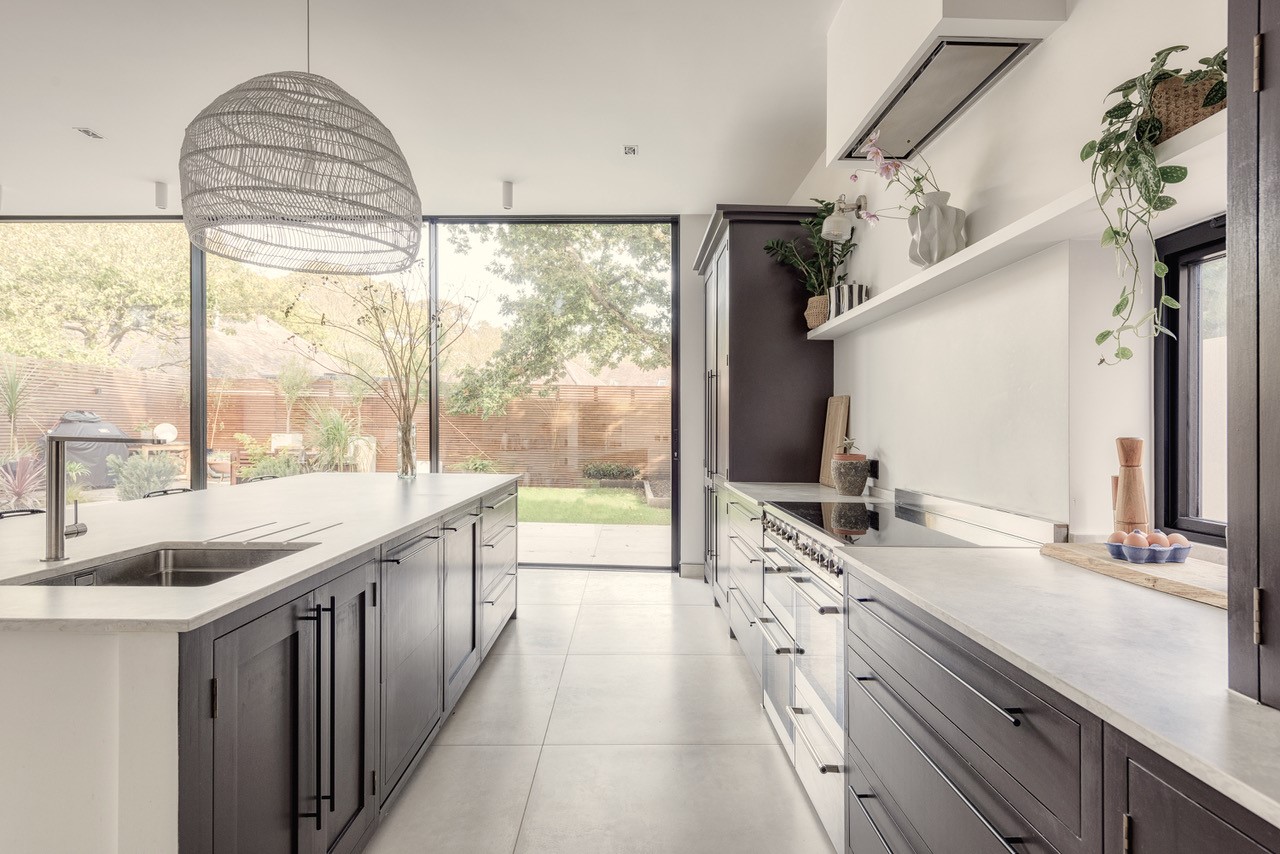
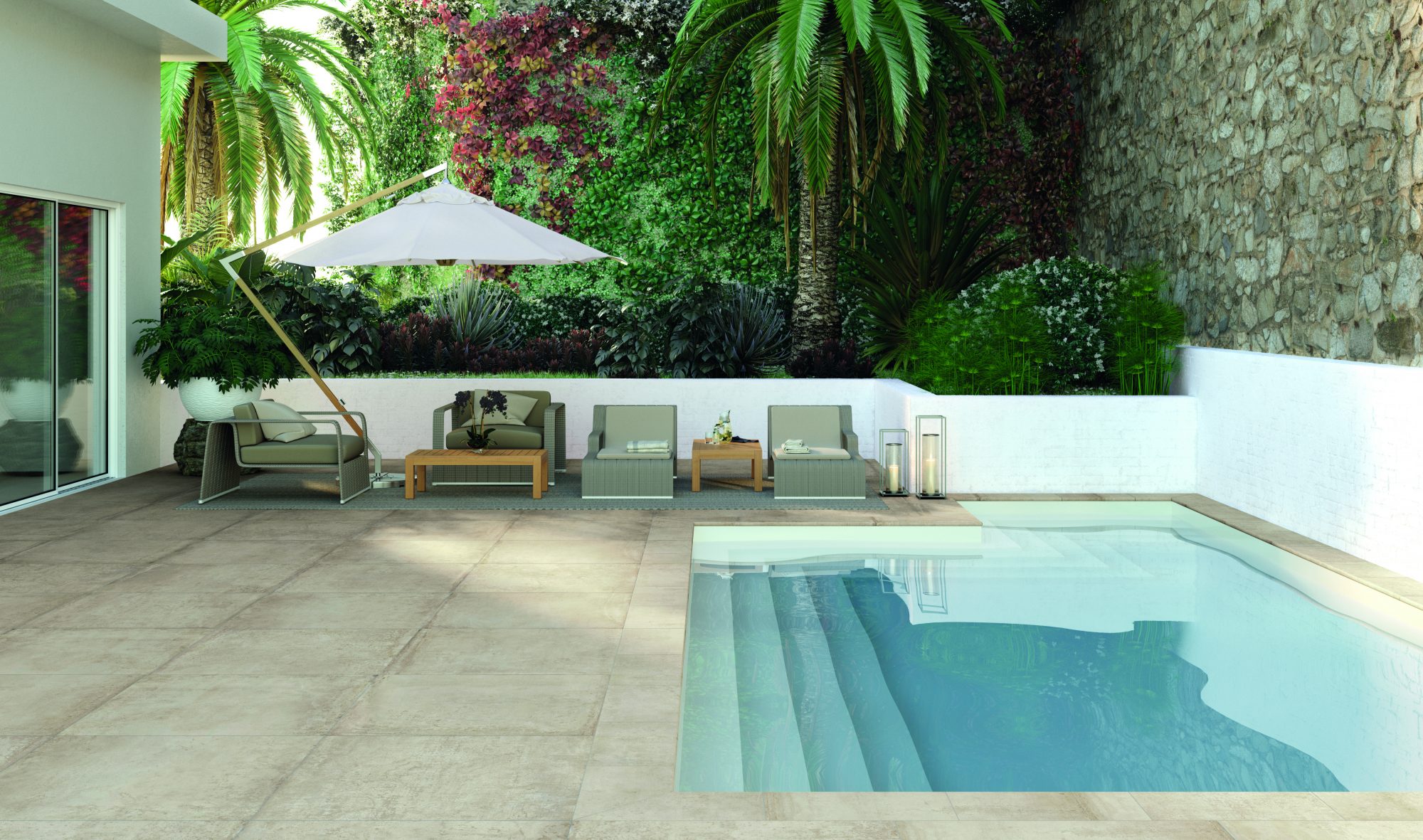




















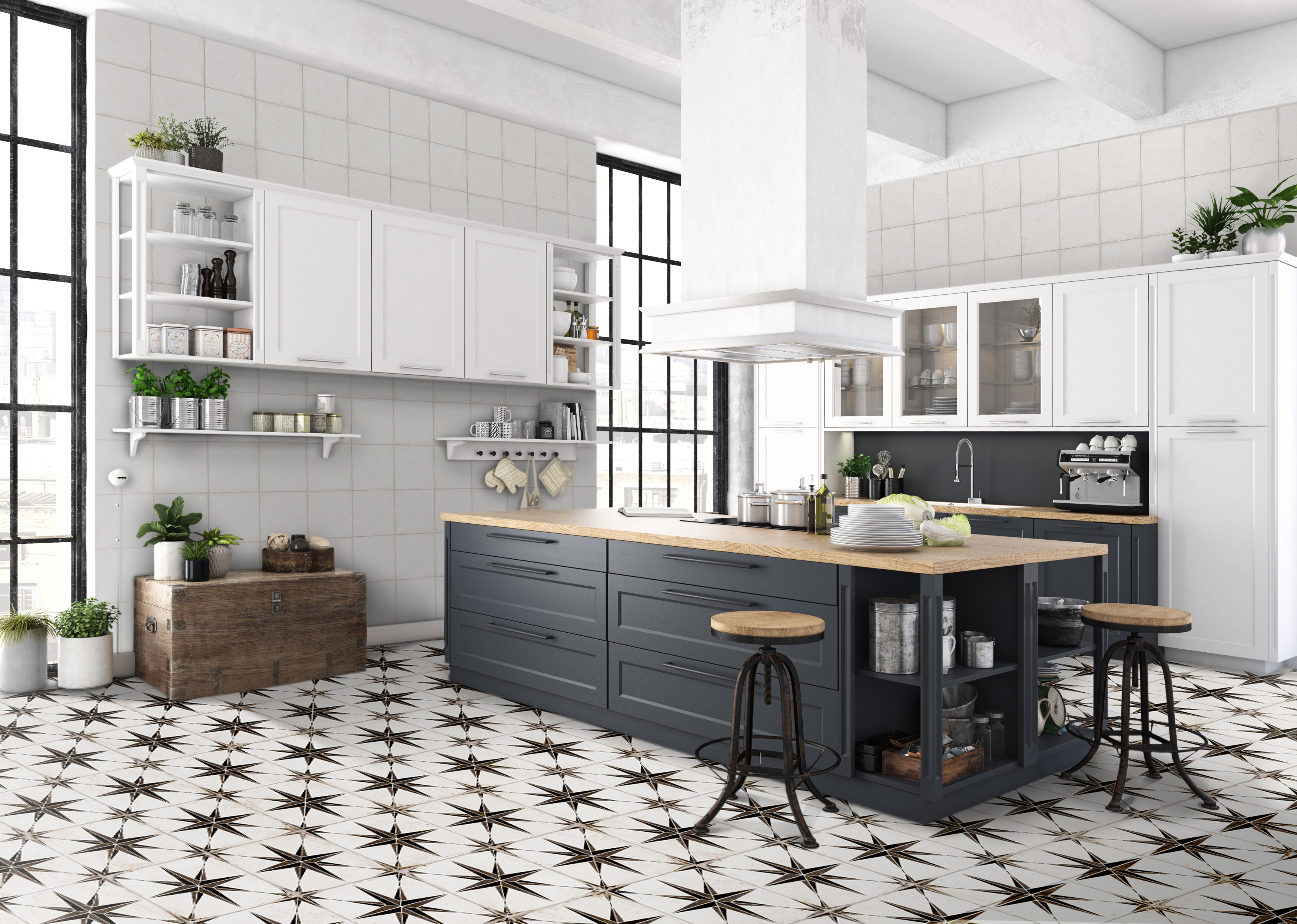










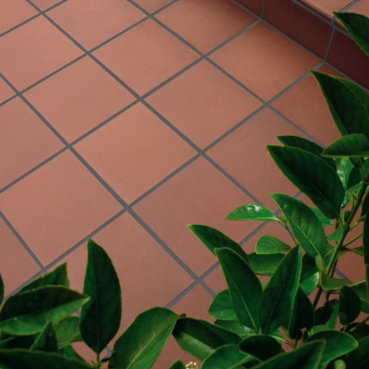







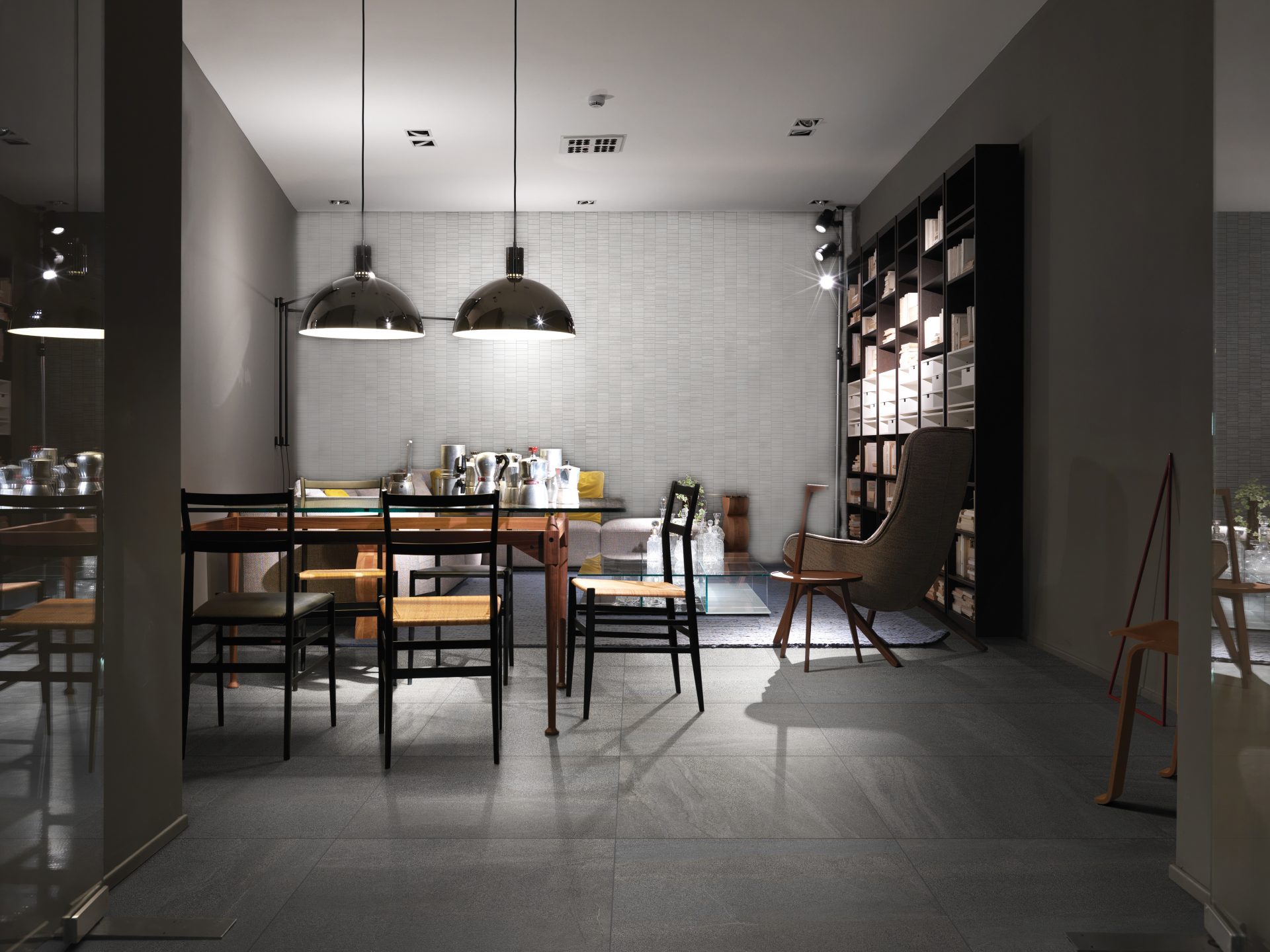







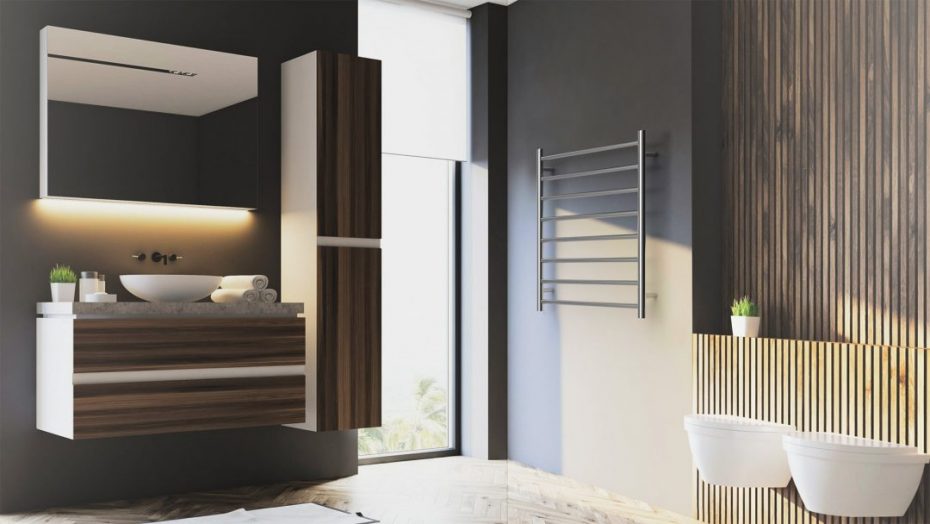

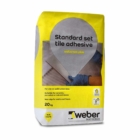
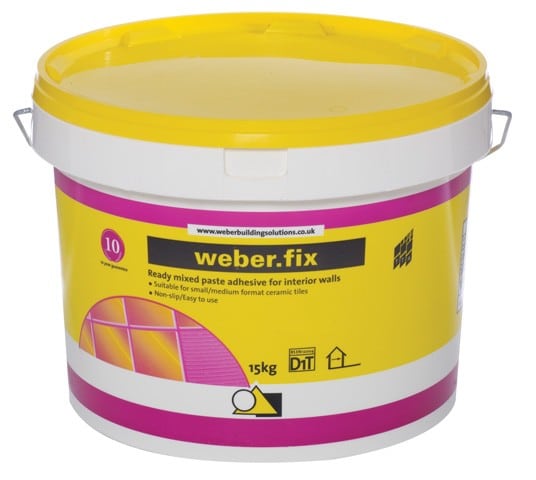

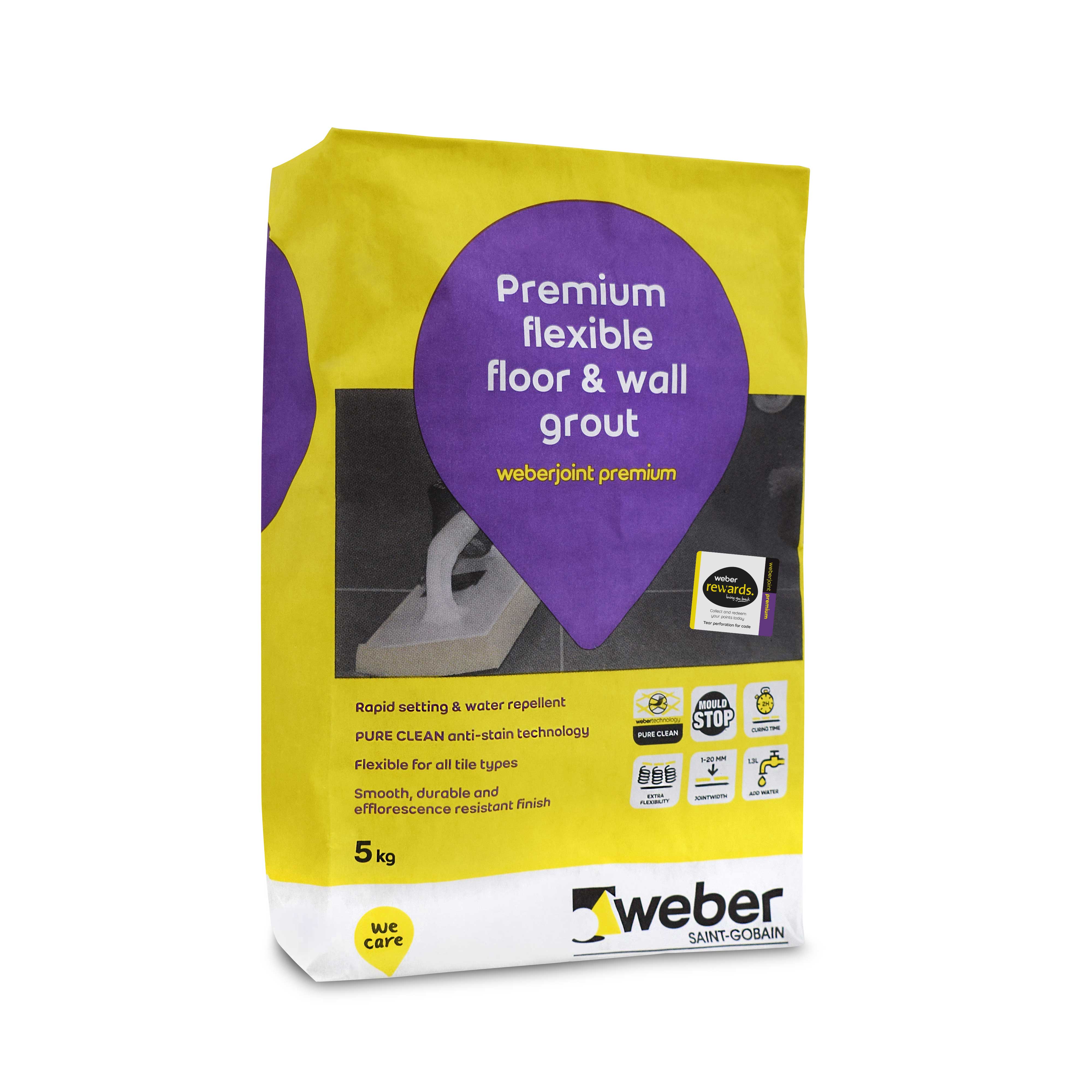


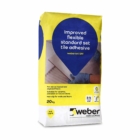

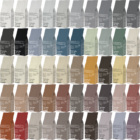



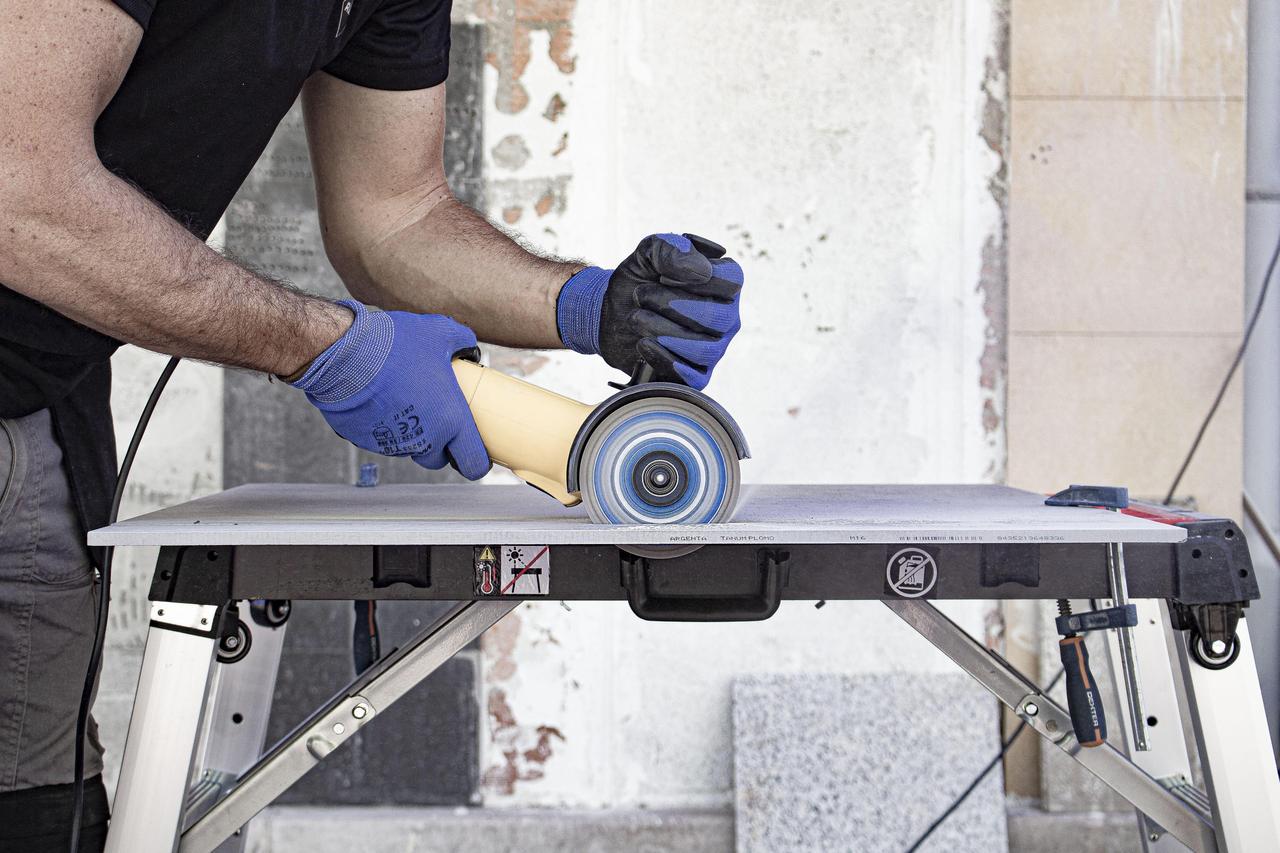








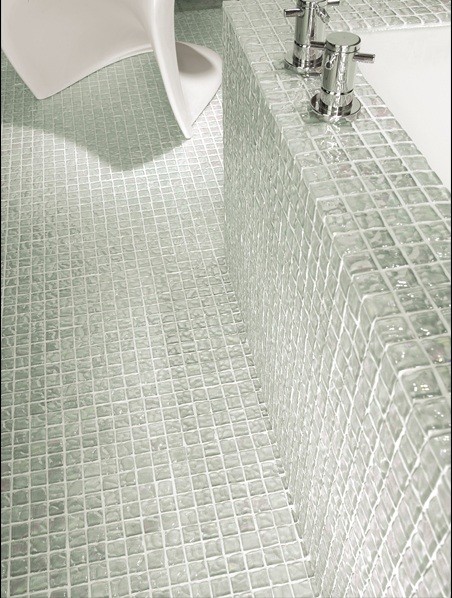
.jpg)
.jpg)
